Iceland and Norway, the Northern Atlantic neighbors, are routinely grouped in travel discussions, dismissed as a single proxy cold-weather destination with one comparable scenery to see. Of course, those Northern European nations do have a common seascape with epic coastlines, aurora borealis potential, and a common Viking heritage.
However, there are numerous and greater differences between those two nations in terms of geology and cultural undertones. Iceland and Norway present fantastically disparate traveling experiences in proximity geographically. Following is a list of 20 differences that set these intriguing Nordic countries apart, enabling travelers to understand each country’s distinctive character and what it has to offer.
Land Formation
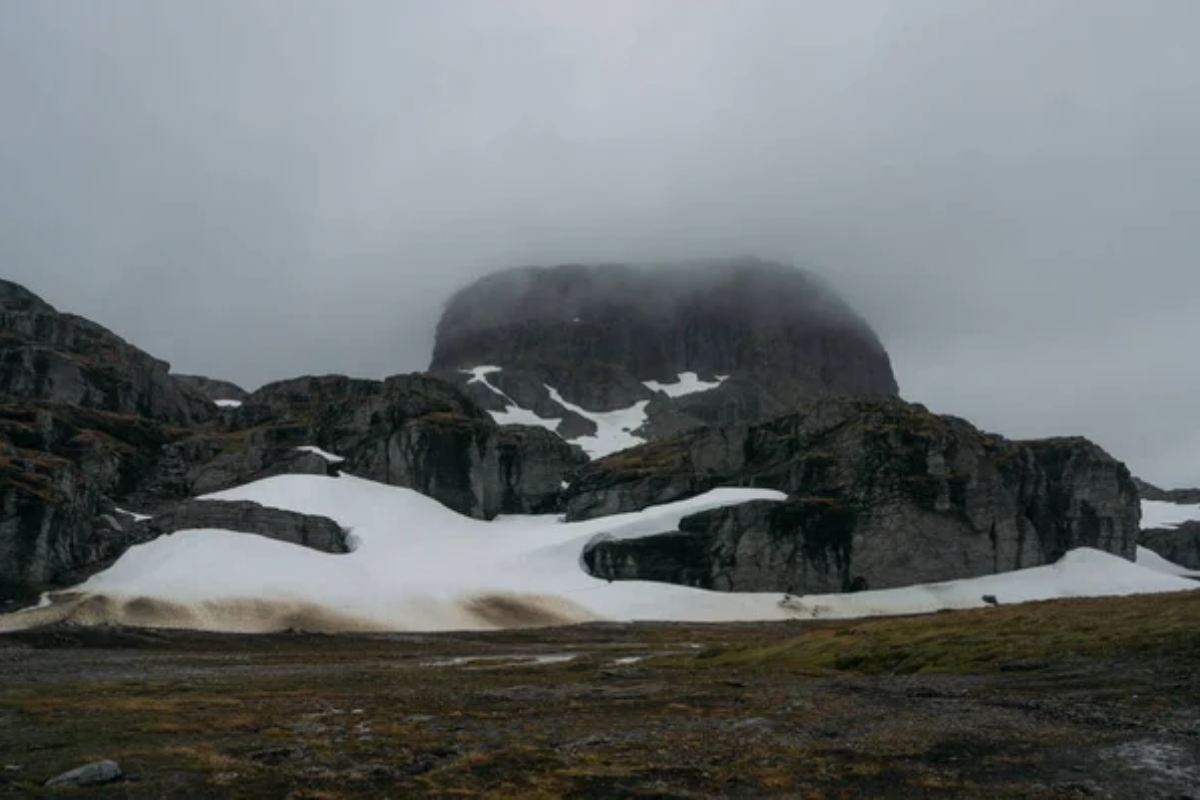
Iceland lies right on the Mid-Atlantic Ridge, where tectonic plates are actively diverging, giving rise to a dynamic landscape of active volcanic activity with steam vents, bubbling mud pools, and accessible lava fields from recent volcanic eruptions. Norway’s breathtaking scenery was characterized primarily by prehistoric mountain development and glaciation episodes, creating longer fjords and more stable land with no raw volcanic forms present in the constantly shifting Icelandic scenery.
Different geological origins provide entirely different visual and sensory experiences to tourists visiting each country’s natural landscapes.
Forest Coverage
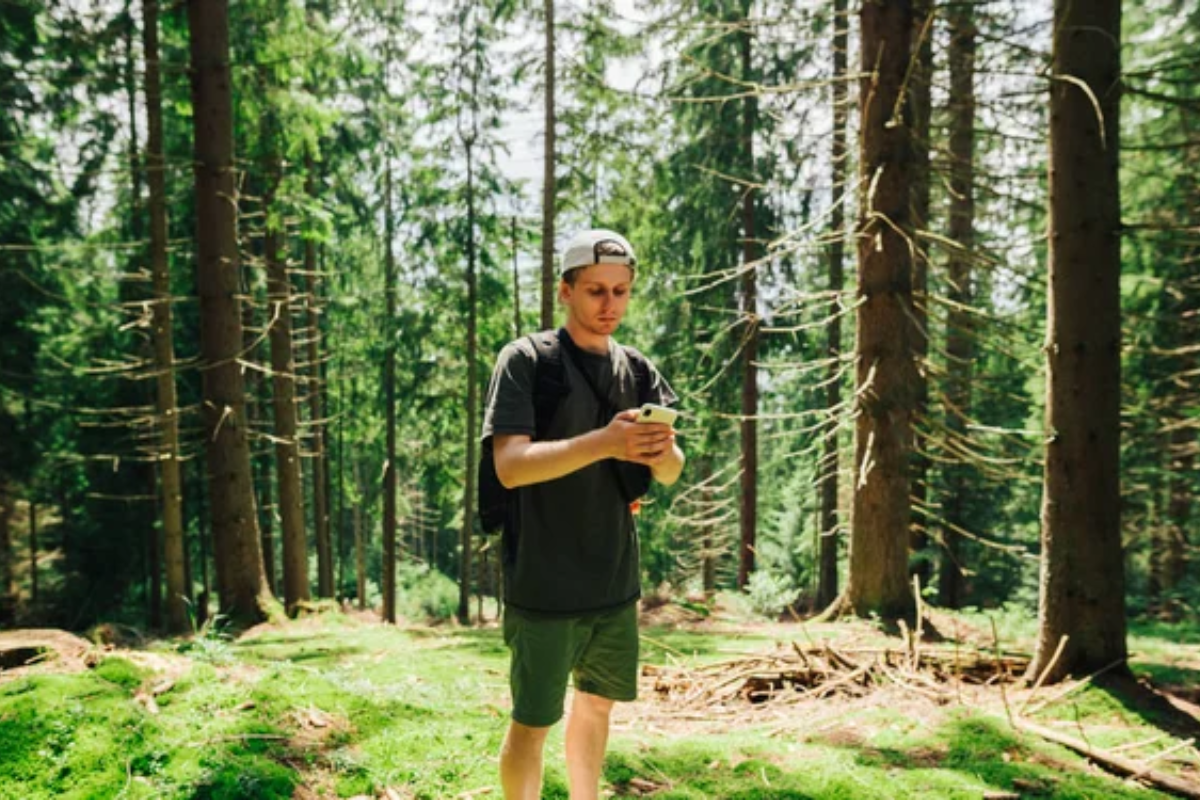
Norway also possesses enormous forests that cover around 37% of its mainland, and these create green sceneries that are dominated by spruce, pine, and birch that harbor diverse wildlife and mark borders with green slopes surrounding the country’s famous fjords. Iceland remains treeless mainly with less than 2% forestation, a condition elicited by deforestation in ancient times by people and adverse growing conditions, which make the landscapes open and uncovered and bestow on the landscapes their characteristic aspect of having individual trees emerge as outstanding landmarks.
Such a visual variation in vegetation elicits fundamentally opposing visual experiences and walking environments in either country.
Like Travel Pug’s content? Follow us on MSN.
Urban Experiences
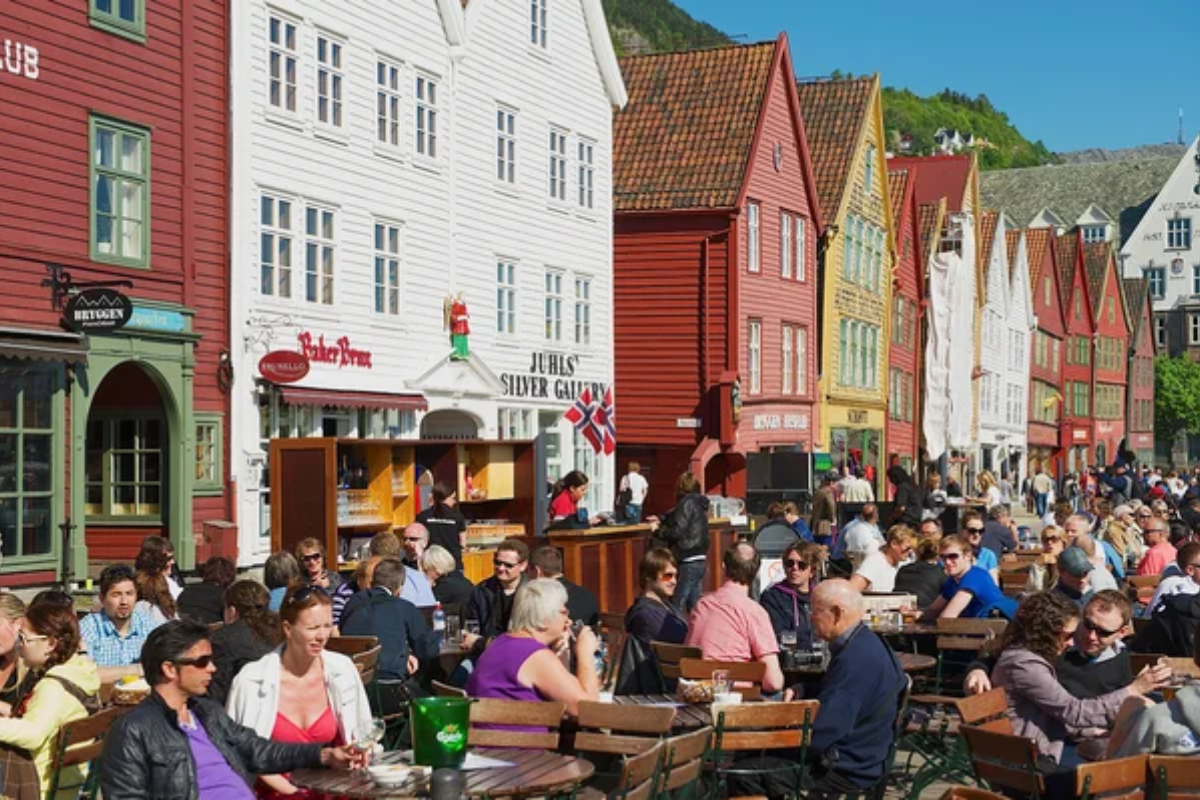
Norway possesses several important cities aside from Oslo, like Bergen, Trondheim, and Stavanger, with distinct characters, historic areas, and cultural facilities that provide different city experiences. Iceland concentrates its majority of people within the metropolitan region of Reykjavík, and other population areas are nothing more than small towns or villages that serve more as service stations for local natural features and are not themselves cultural centers.
This population balance results in travelers seeking diverse urban experiences experiencing hugely more diversity in the city offerings of Norway.
Transportation Infrastructure
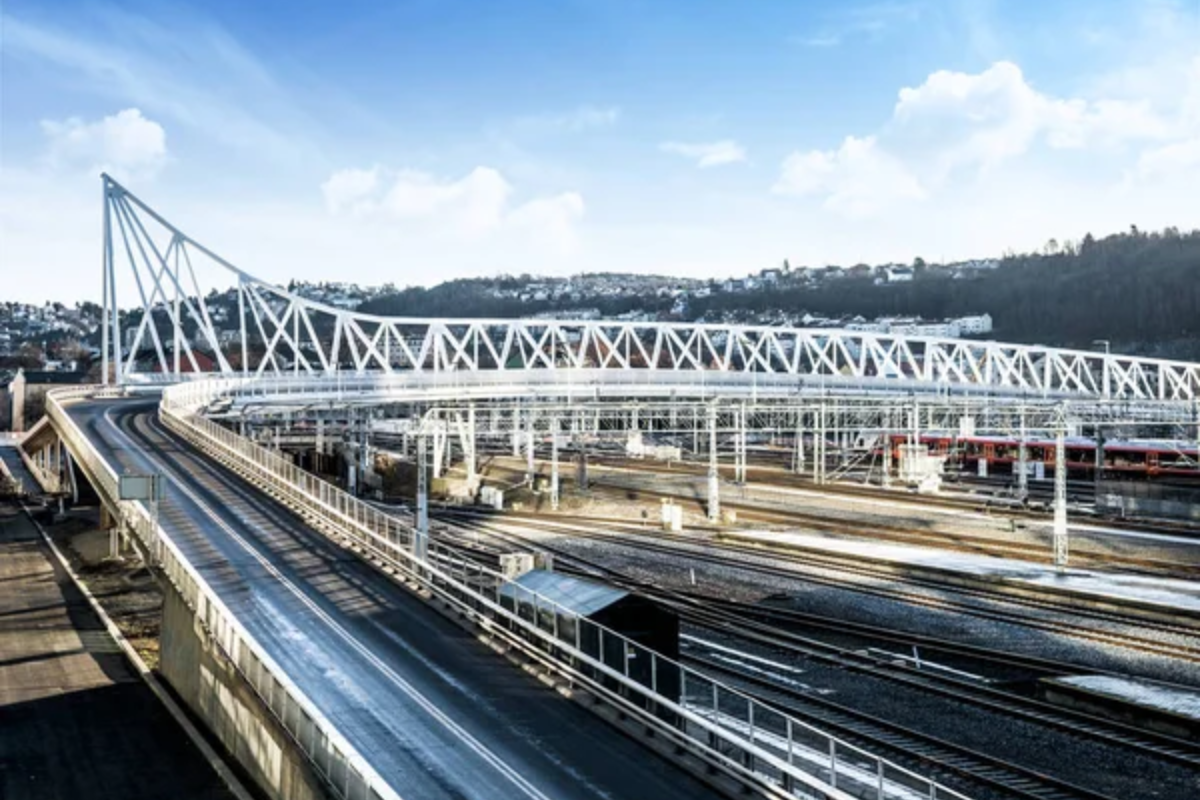
Norway boasts a gigantic transportation network with robust train connections between principal cities, complete coastal ferry coverage, and a multitude of domestic airports, making it easy to get about far and wide without a rental car. Iceland has no passenger train system and little public transport beyond the capital city of Reykjavík, which basically requires visitors to use rental vehicles or group tours to access most nature attractions beyond the capital region.
This basic infrastructure disparity largely affects how independent travelers approach each country.
Fjord Features
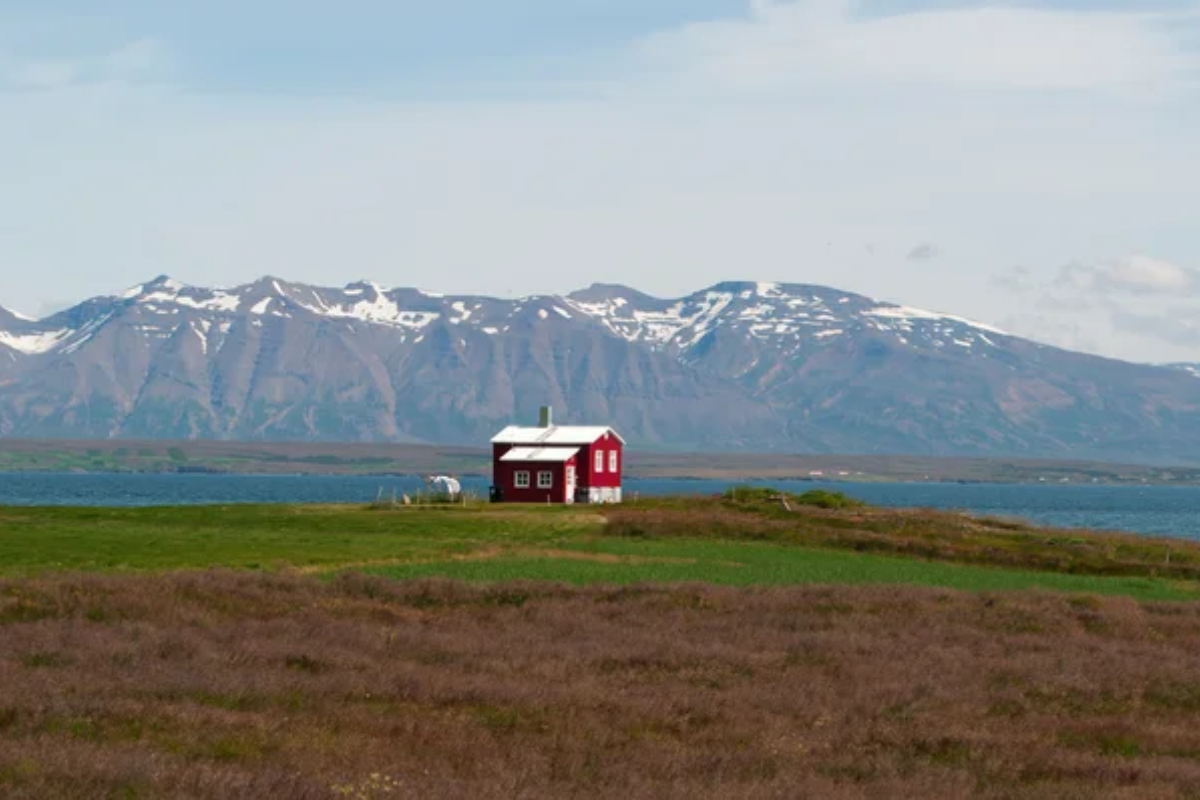
Norway’s fjords cut much deeper into the country with steeper, more forested sides and greater vertical extent, creating enclosed streams that occasionally course over 100 miles inland from the sea into the interior of the nation. Iceland’s fjords, located primarily in the west and east, are shorter and less steep-sided, often having bare country rather than the dense vegetation that cloaks their Norwegian counterparts.
The Norwegian fjord experience is more secluded and cozy, while Iceland’s ones tends to offer more open, sweeping vistas.
Like Travel Pug’s content? Follow us on MSN.
Wildlife Encounters

There are bigger land mammals such as elk, reindeer, wolverines, lynx, and even a small brown bear population to sustain in Norway’s huge forests and mountains, offering genuine wildlife viewing. Iceland has no native land mammals except for the Arctic fox, and other mammals like reindeer have been introduced relatively recently, so wildlife watching is focused on birdlife rather than charismatic mammals.
Marine wildlife remains abundant in both countries, though Norway’s longer coastline and deeper fjords attract different species combinations.
Viking Heritage Preservation
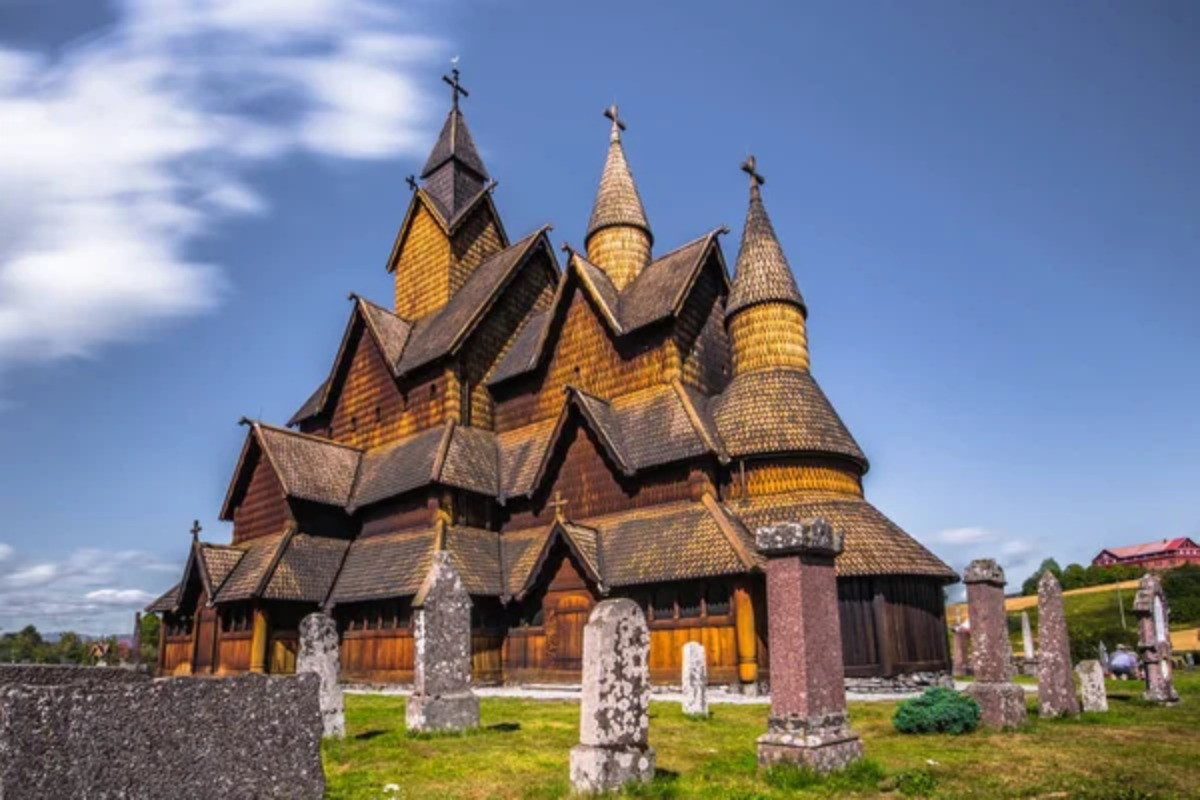
Norway still has numerous original Viking artifacts, ships, and burials preserved in excellent museums such as Oslo’s Viking Ship Museum, providing an immediate connection to this time through original objects and ships. Iceland has fewer tangible Viking artifacts but preserves its culture more broadly in the collection of medieval Icelandic sagas, which document accounts of early settlements and continue to affect current Icelandic culture.
These different ways of maintaining Norse heritage offer alternative but not equivalent historical experiences to tourists interested in Viking history.
Traditional Architecture
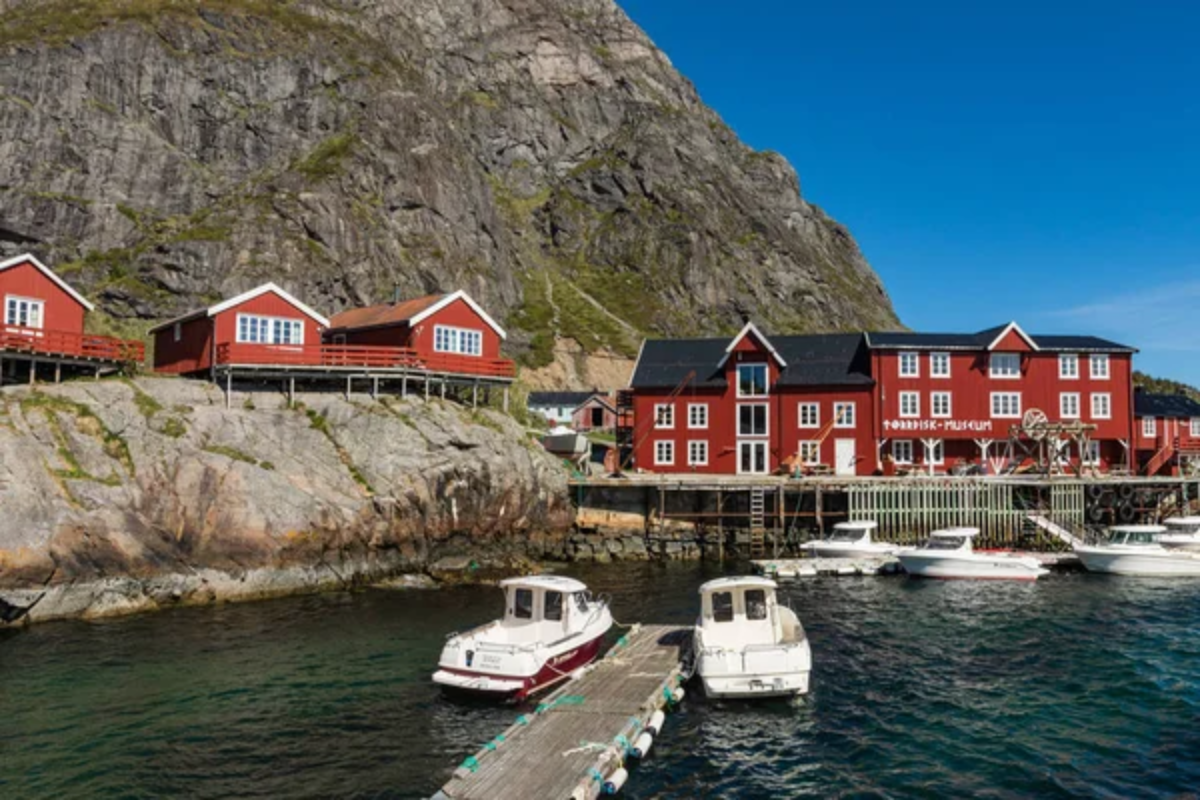
Norway has Middle Age preserved wooden stave churches, distinctive painted wooden buildings found in historic districts, and traditional farmhouses with sod roofs that offer a rich centuries-old architectural heritage. Iceland’s traditional building style had primarily been turf houses partly built into the ground for protection, with few wooden structures remaining from earlier times due to resource deficiencies and harsh preservation conditions.
This architectural variation is reflective of each nation’s adaptation towards means available and climate challenges.
Like Travel Pug’s content? Follow us on MSN.
Accessibility of Glaciers
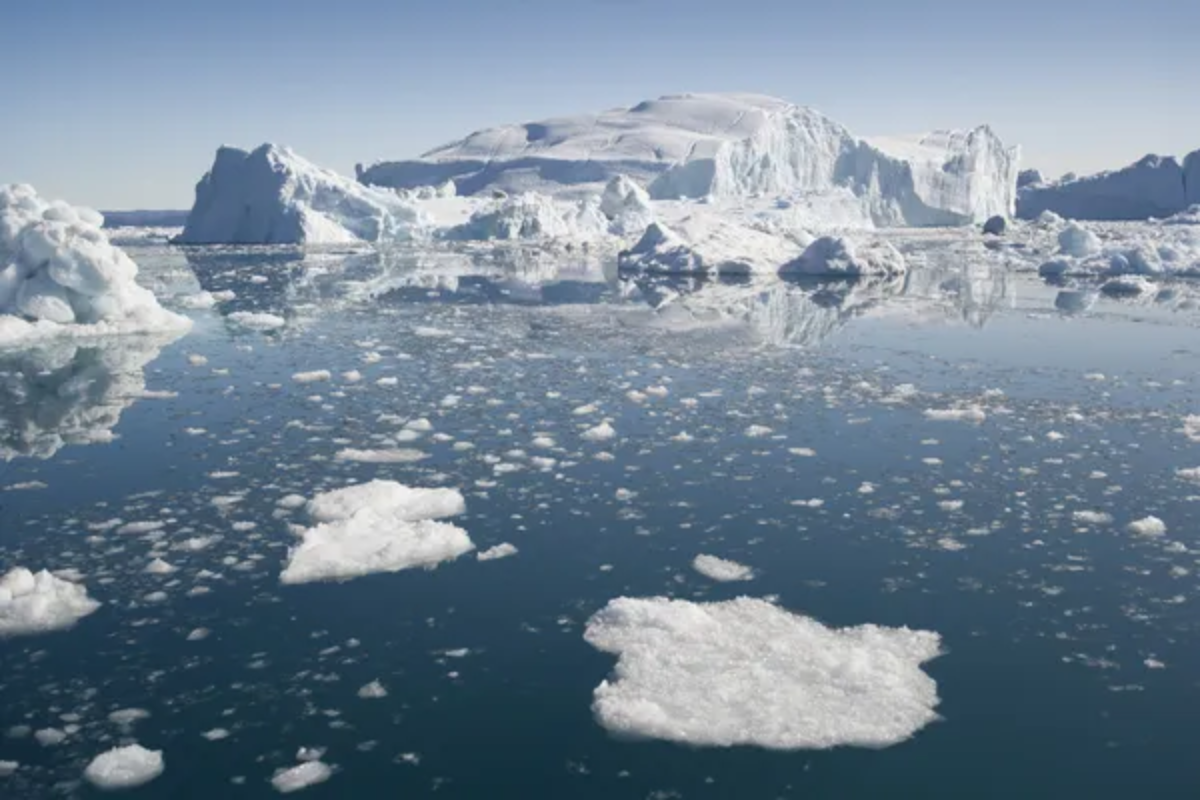
Iceland offers numerous glaciers that travelers can walk up to within formed trails or organized tours. Some of these glaciers lie within a short walking distance of parking areas, so all levels of travelers can enjoy glacier activities.
Norwegian glaciers are generally more substantial hiking ventures or boat-traveling access, with fewer drive-up glacier experiences but more pristine settings for travelers prepared to put in the work. This variation in accessibility affects how easily easy-going travelers can incorporate glacier trips into their travel itineraries.
Geothermal Activities
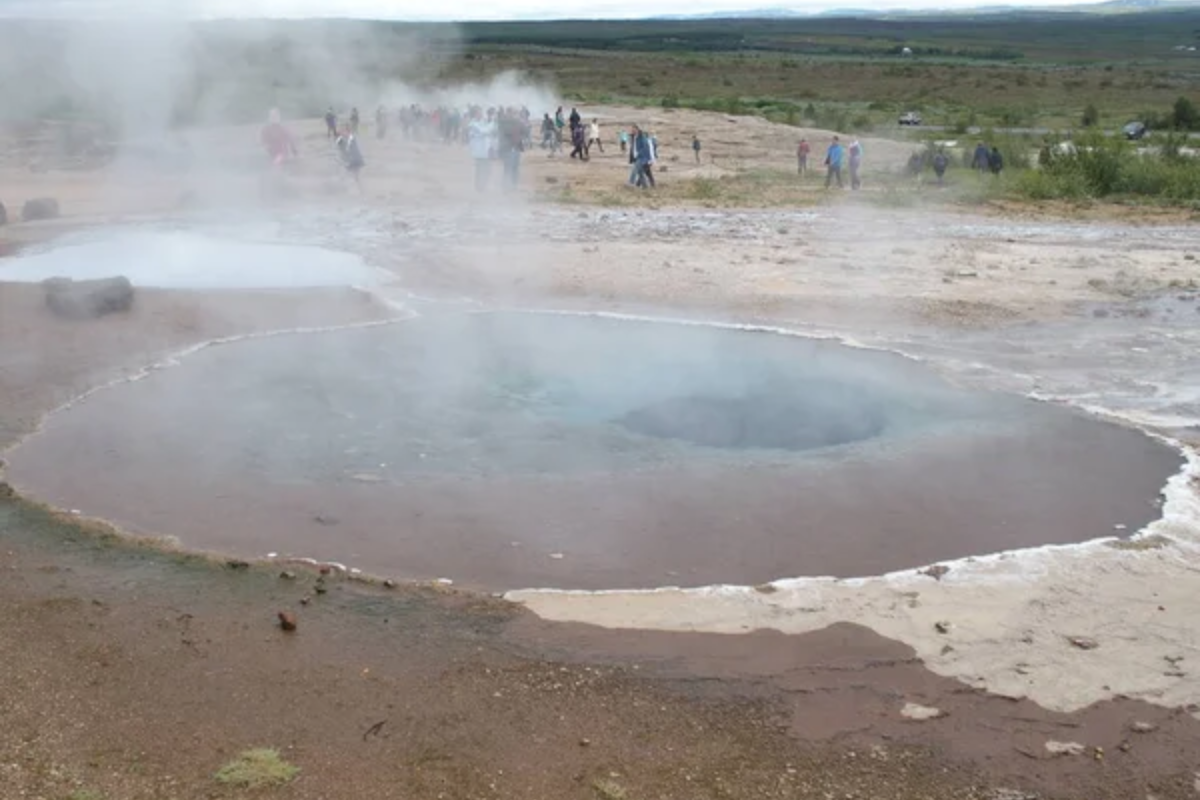
Iceland has an abundance of geothermal activities that vary from large public establishments like the Blue Lagoon to rudimentary natural hot springs in the backcountry, and bathing culture is deeply rooted in daily Icelandic life. Norway also has more limited geothermal bathing potential with fewer natural hot springs and a less developed public bathing culture outside of traditional saunas, so this aspect of Nordic culture is much more integrated into the Icelandic tourist scene.
The presence of bathing in naturally heated water with snow or rugged terrain all around is still an iconic Icelandic activity that is difficult to come by in Norway.
Waterfall Diversity
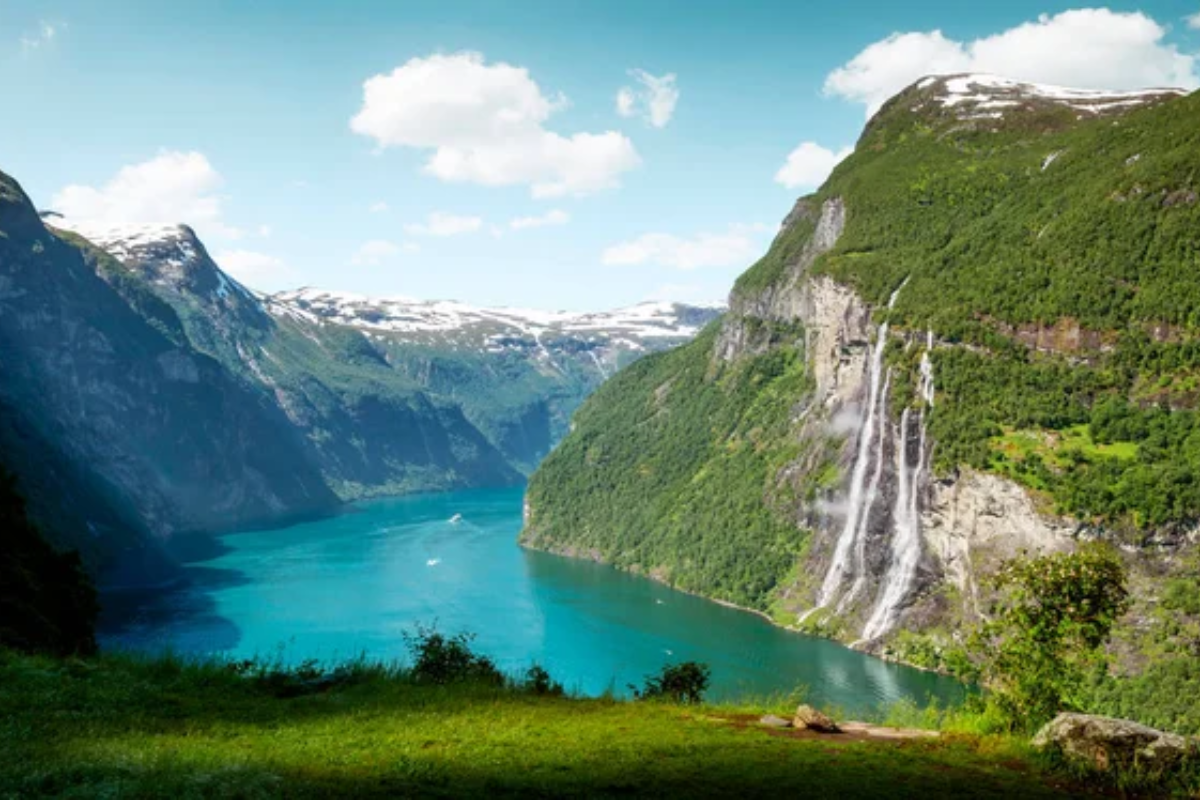
Iceland possesses waterfalls of an incredible variety of forms, from wide curtains like Godafoss to the tremendous plumes of Skógafoss. These waterfalls are often set against austere scenery, which helps to render them particularly scenic and accessible.
Norway’s waterfalls tend toward height, with many of Europe’s highest cascades, including Vinnufossen and Mardalsfossen, often cascading down precipitous fjord sides through forested terrain. Whereas both countries offer amazing waterfall experiences, the country around and surroundings differ significantly from Iceland’s volcanic landscape to the Norwegian fjord region mountains.
Like Travel Pug’s content? Follow us on MSN.
Season for Northern Lights Observation
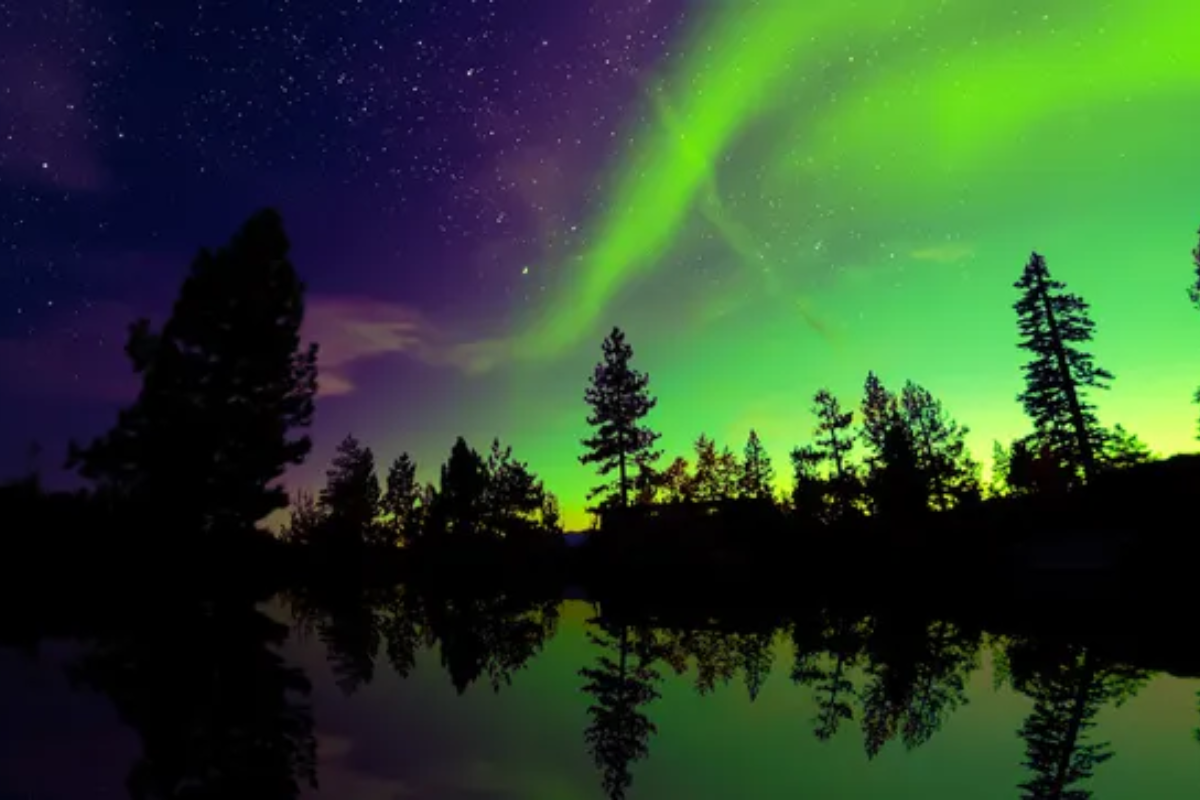
Iceland has an extended northern lights observation season from late August until April due to its lower south latitude position, which offers broader chances for aurora seekers. Mainland aurora viewing in Norway is generally best from September to March, with narrower windows of opportunity in its southern regions.
However, its northernmost regions within the Arctic Circle offer midnight sun tours during summer while auroras are not visible. This seasonality affects travel planning in favoring northern lights tours.
Price Points and Cost

Norway consistently ranks at the top of the world’s most costly destinations for travelers, with particularly inflated prices for accommodation, food, and beverages that can surprise even seasoned travelers elsewhere in high-end destinations. Iceland, though not cheap by any means, is typically 10-15% lower in every category of travel, making it somewhat more affordable but still pricy on an international basis.
This difference really matters when visiting for an extended time or in a group when the costs mount up over several activities and days.
Indigenous Cultural Experiences
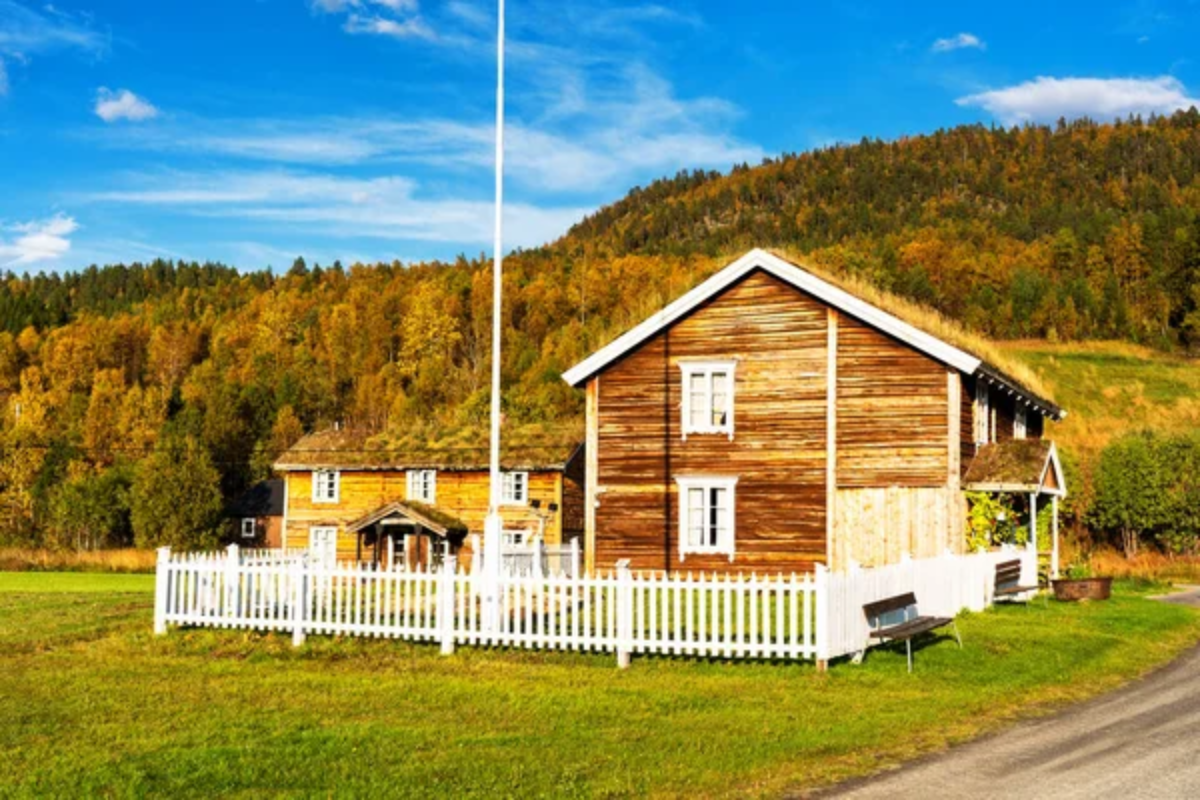
Norway offers experiences to engage with Sámi culture, particularly in the northern region of the country like Finnmark, where traditional reindeer herding continues, and indigenous cultural centers offer indigenous perspectives of Norwegian land. Iceland lacks an indigenous population distinct from its Norse colonizers, with no double cultural narrative found in the scope of Norway, with Sámi history providing a different perspective of the landscape and its historical uses.
This life or absence of native cultural exposure creates diverse levels of cultural sensitivity in each of the destinations.
Like Travel Pug’s content? Follow us on MSN.
Maritime Traditions
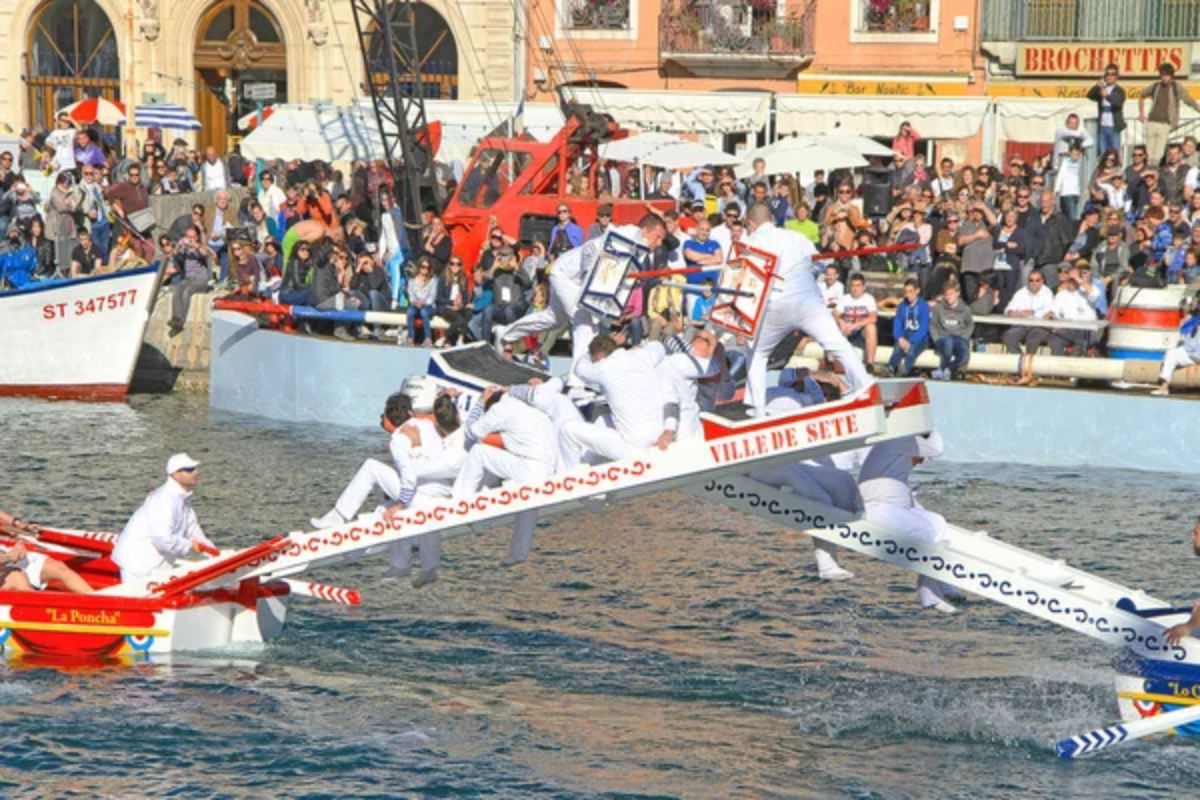
Norway maintains stronger connections to its seafaring culture with operational harbors in many cities, vibrant fishing towns, and the opportunity to immerse oneself in coast life with Hurtigruten coastal cruises or local ferry systems. Iceland, despite being an island country, concentrates fishing operations in fewer ports, and the majority of tourists experience the nation mainly through inland roads instead of coastal tours, therefore having fewer chances to come into contact with seafaring culture beyond specific harbor towns.
This difference results from Norway’s historically more marked dependence on coastwise transport.
Mountain Hiking Infrastructure
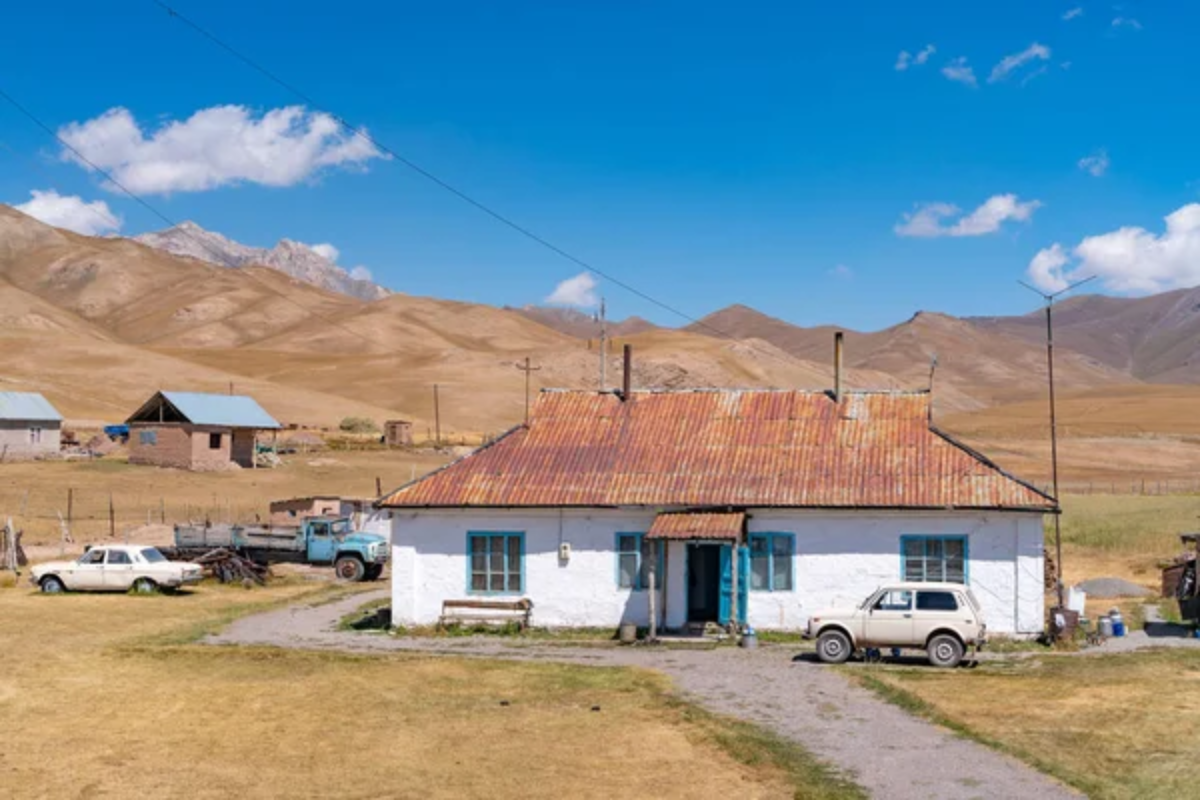
Norway has excellent mountain walking infrastructure, like the system of over 550 Norwegian Trekking Association cabins on established long-distance paths where walkers can stay. Iceland has a more restricted walking infrastructure with fewer maintained paths and mountain huts, offering tougher logistics for multi-day walks but more opportunities for true wilderness experience beyond established paths.
These factors have a significant bearing on the experience of mountain exploration in both nations.
Culinary Variations
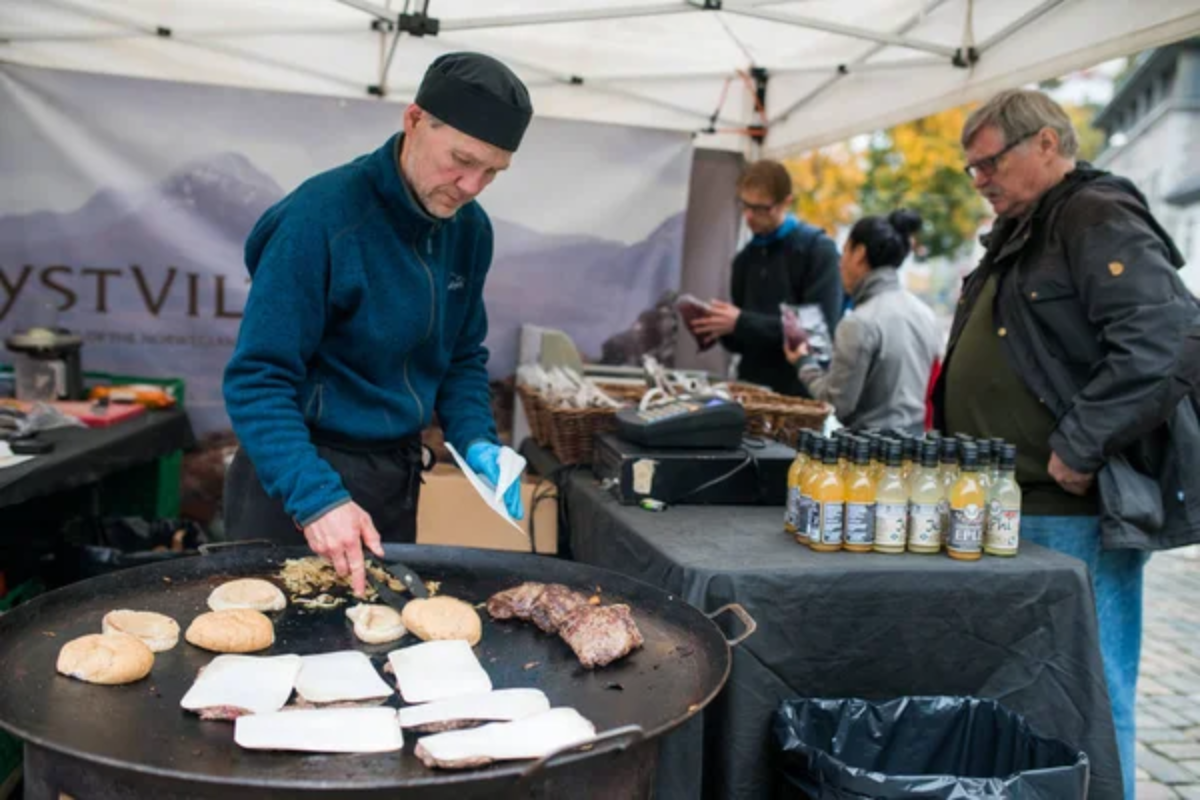
Norway has more diverse food traditions, with major differences between coastal, interior, and urban areas, regional specialties, and a new trend of high-end New Nordic cuisine restaurants enjoying international success. Icelandic cuisine, while rapidly changing, is more concentrated in Reykjavík with fewer regional variations, though the emphasis on very fresh seafood and traditional preservation methods makes distinct food experiences.
Both nations have their traditional dishes, but Norway tends to have more culinary variation throughout its geography.
Like Travel Pug’s content? Follow us on MSN.
Midnight Sun Experience
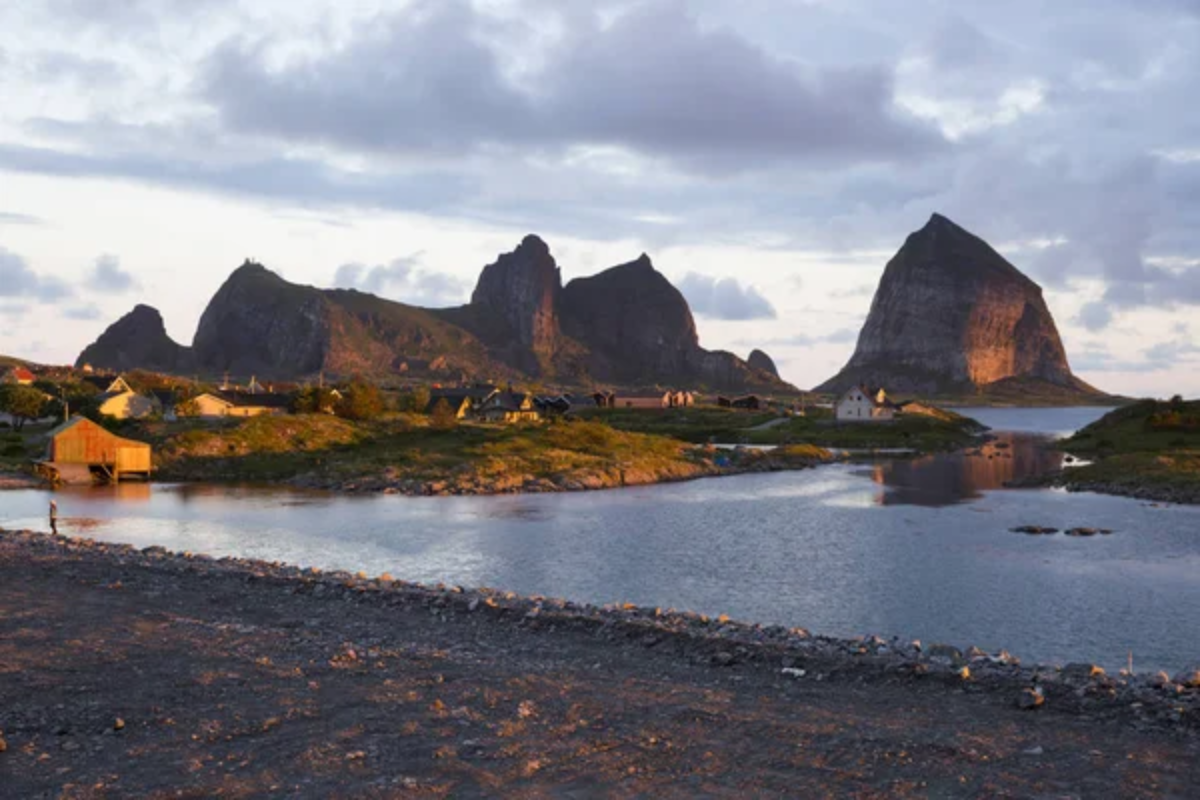
Norway’s wider north-south extent makes its northernmost areas have more extended periods of midnight sun, with Tromsø having constant daylight from late May to late July, giving it longer durations for this phenomenon.
Iceland experiences midnight sun for a shorter period, usually from mid-June to the end of June. However, the entire country has longer days in summer, with even southern regions having only a short night.
This difference affects summer vacation planning for those who especially target genuine midnight sun experiences.
Language Accessibility

Norway offers more linguistic diversity, with two official written forms of Norwegian and Sámi languages in the north, offering a more varied linguistic profile with English as the unifying link. Iceland provides a highly pure form of the Norse language, relatively unchanged since medieval times, through strict linguistic protection policies that limit foreign borrowings.
While English is widely used in both states, underlying language situations reflect varying attitudes towards cultural conservation and foreign influence.
Winter Accessibility
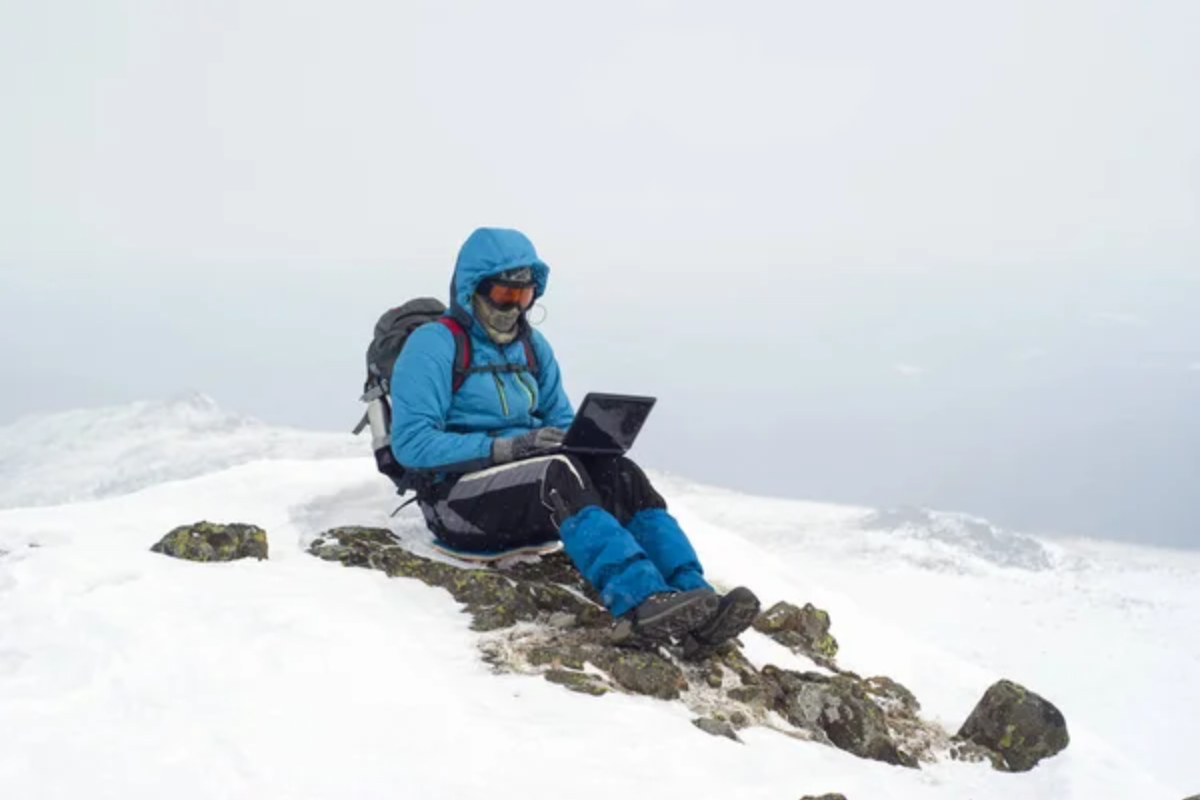
Iceland has relatively homogeneous accessibility year-round, with some highway closures in highland areas during winter. However, most major attractions are still reachable by normal vehicles or short excursions from population centers.
Norway also has more significant winter transport problems, particularly in mountain passes and rural areas where roads are closed entirely. However, its more developed public transport network makes up for these limitations.
These winter changes in accessibility impact planning for winter travel and the range of experiences available during the cold season.
Like Travel Pug’s content? Follow us on MSN.
Two Complementary Nordic Experiences
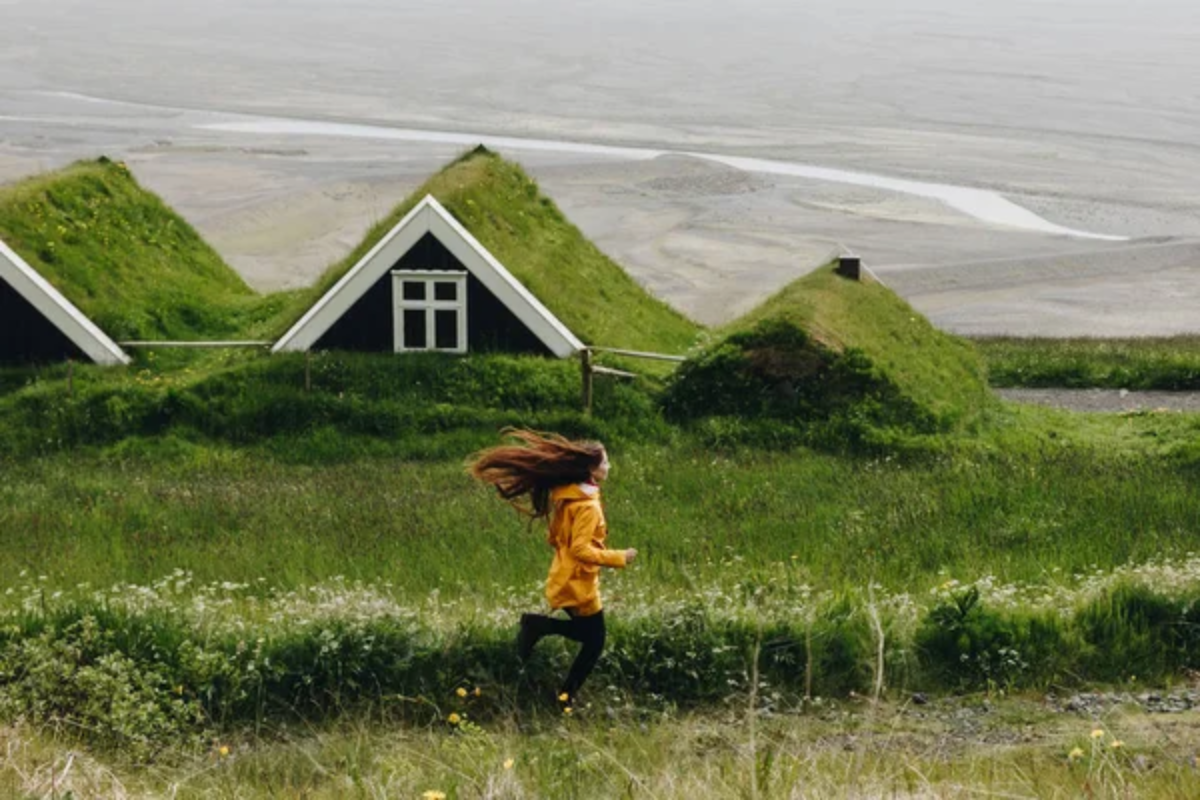
The Iceland-Norway contrast underscores that these neighboring Nordic countries possess complementary and not mutually competitive attractions. Iceland offers accessible, alien landscapes shaped by volcanic powers, with nucleated populations and islanders’ physical constraints and advantages.
Norway provides more diverse regional experiences across its greater land area, from forest strolls to city excursions. Infrastructure connects beautifully disparate landscapes, from fjords in the south to tundra in the Arctic.
Rather than choosing one or the other, visitors might consider how each destination provides a unique perspective on Nordic culture and landscape that together gives a greater appreciation of this fascinating region of the world.
More from Travel Pug

- 20 Destinations That Were Once Thriving but Are Now Quietly Disappearing
- 15 Hidden Spots in Disney World’s Magic Kingdom Most Visitors Miss
- 20 Once-Popular Beach Towns That Are Now Ghostly Empty
- 20 Beautiful US Lakefront Towns Where You Can Live for Under $2000 a Month
- 20 Caribbean Islands That Are Safer Than People Think
Like Travel Pug’s content? Follow us on MSN.
